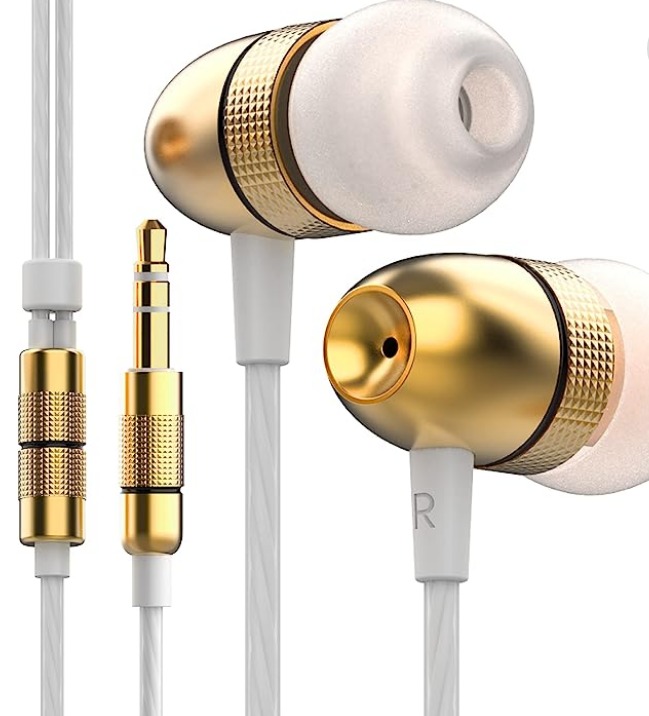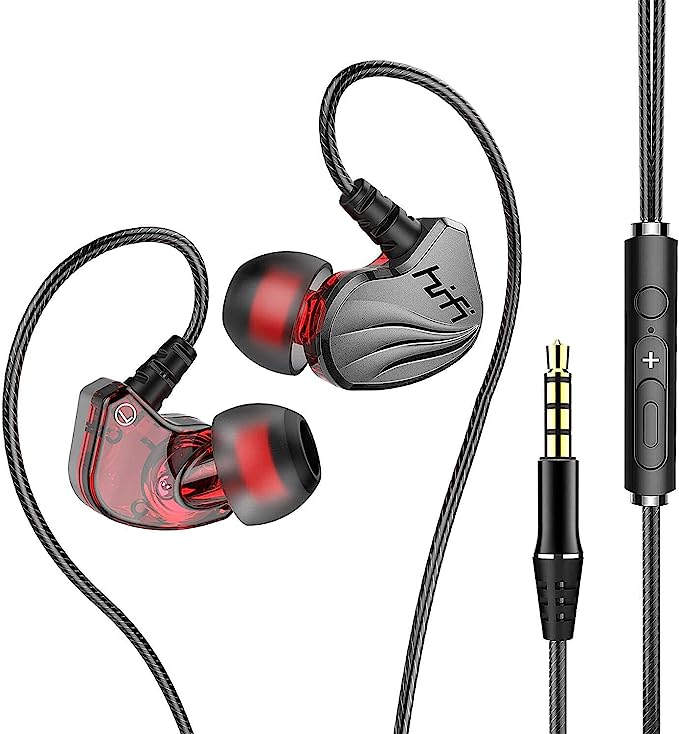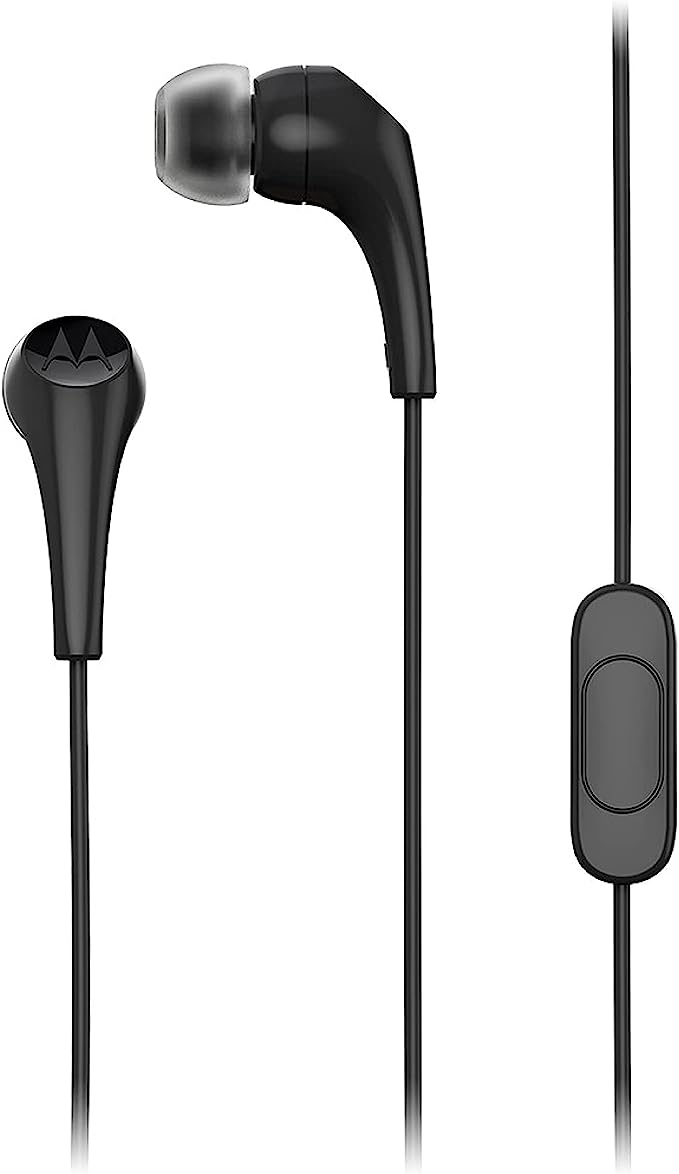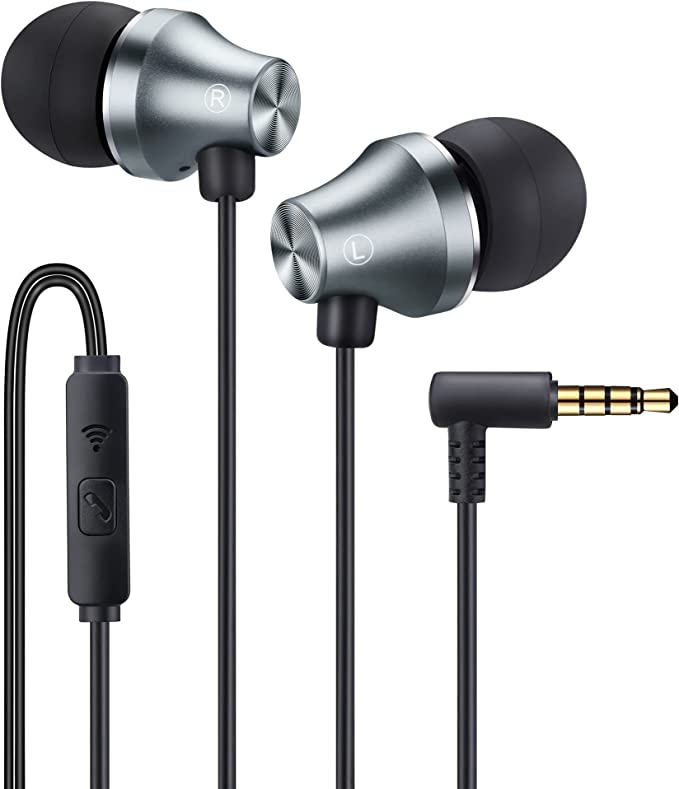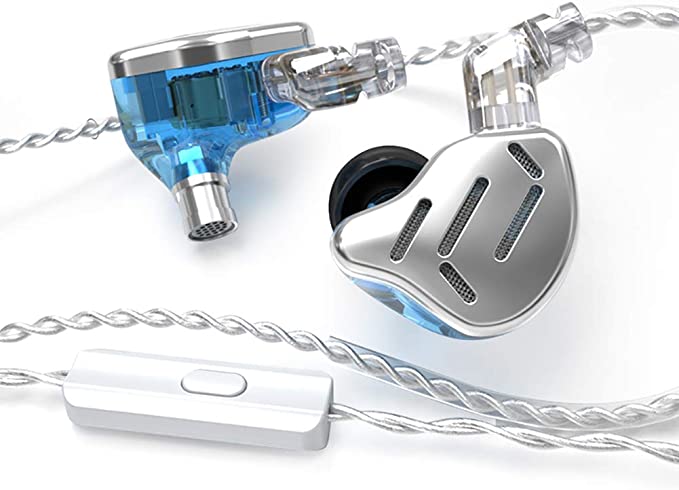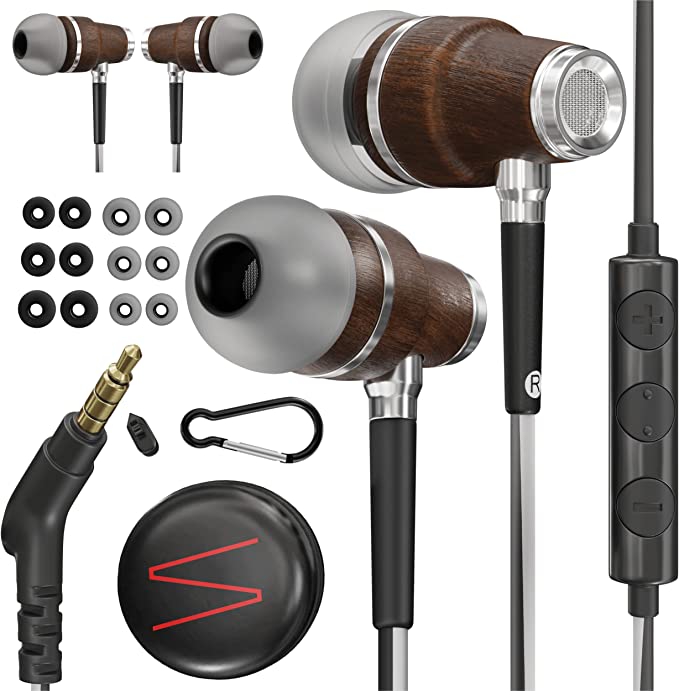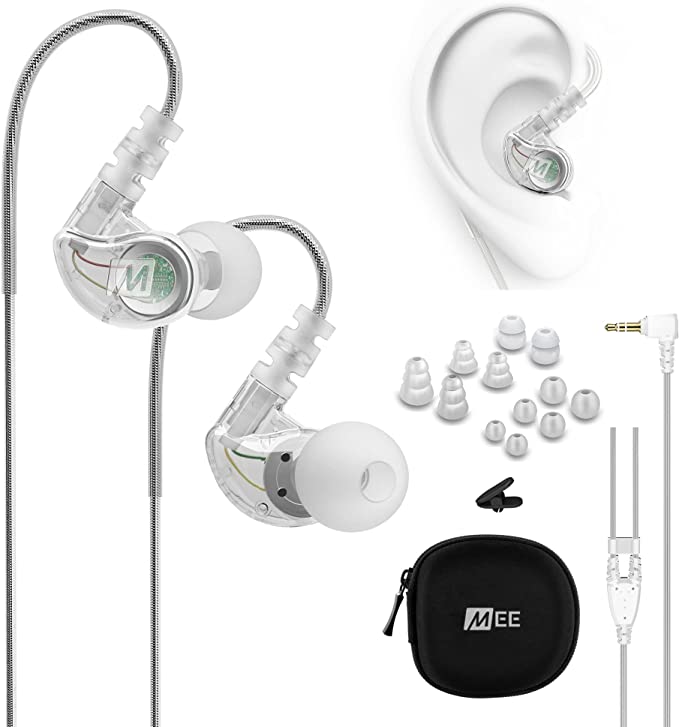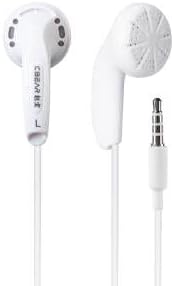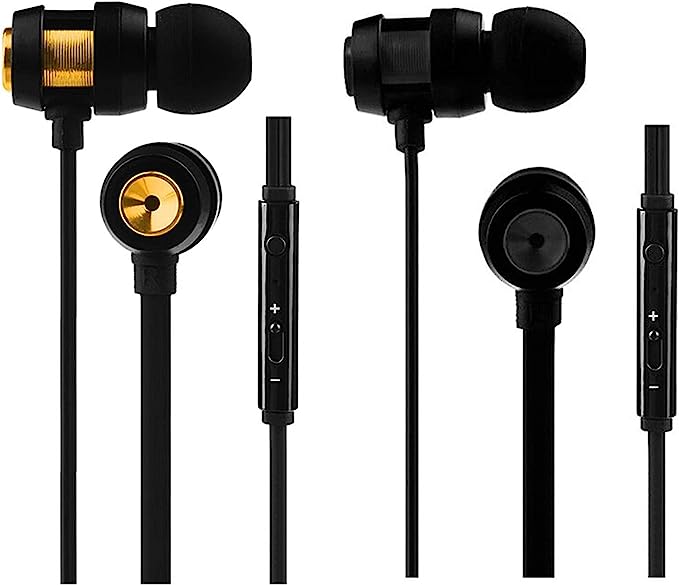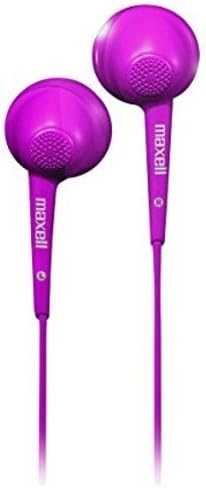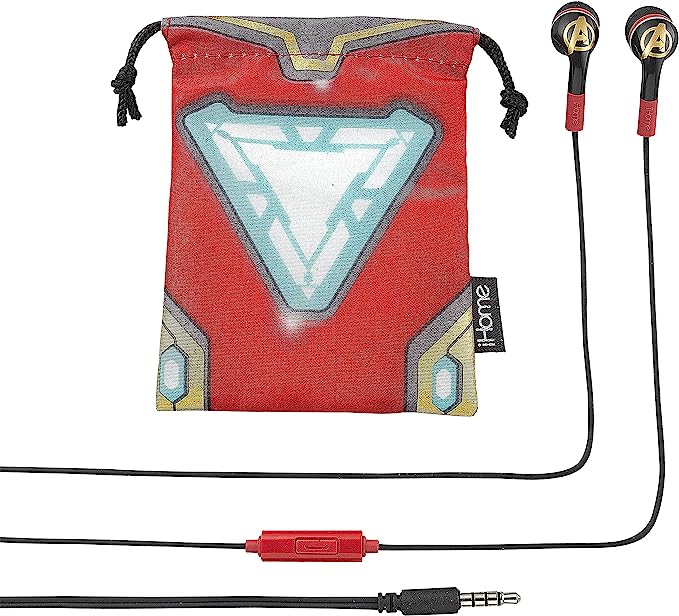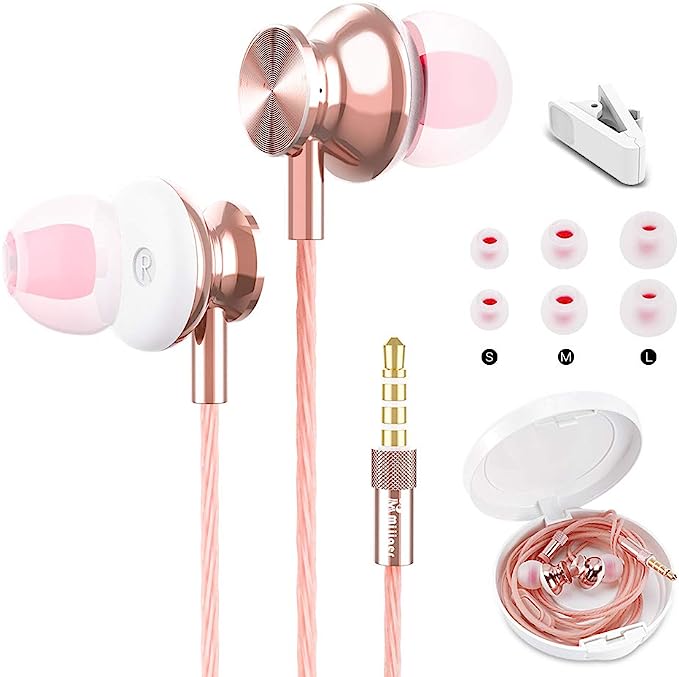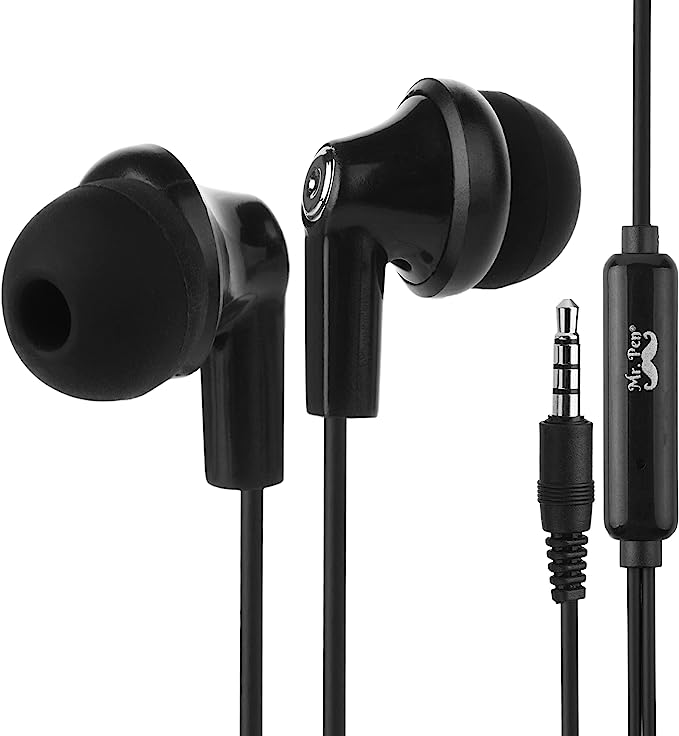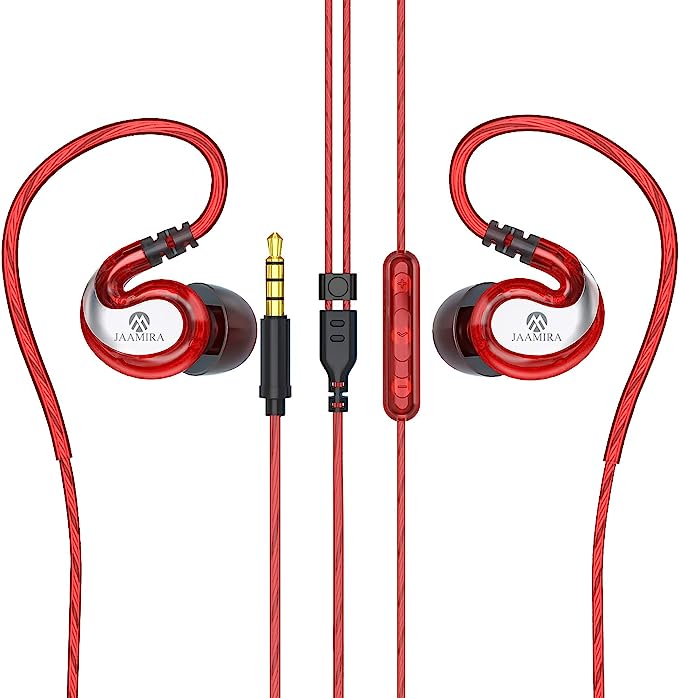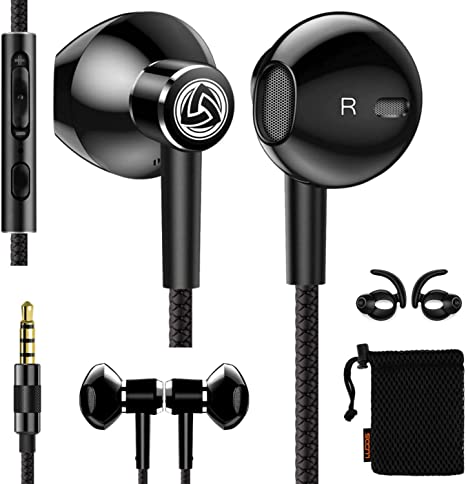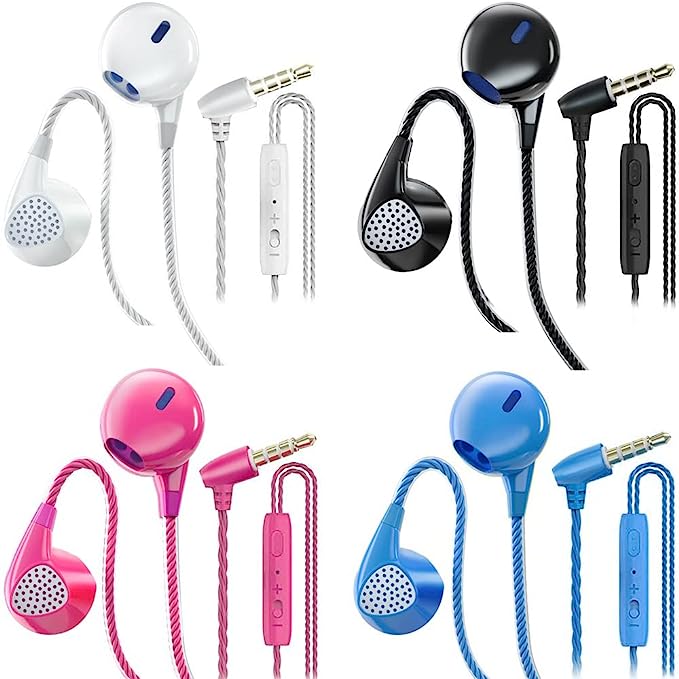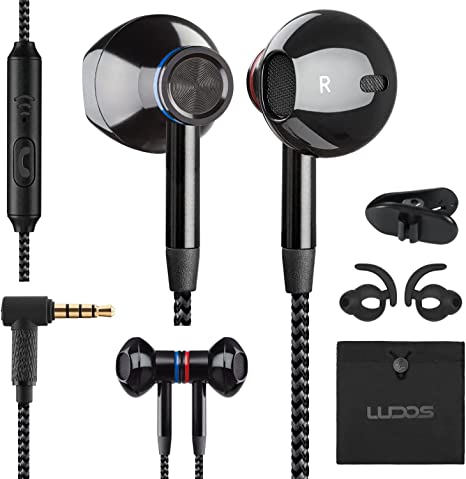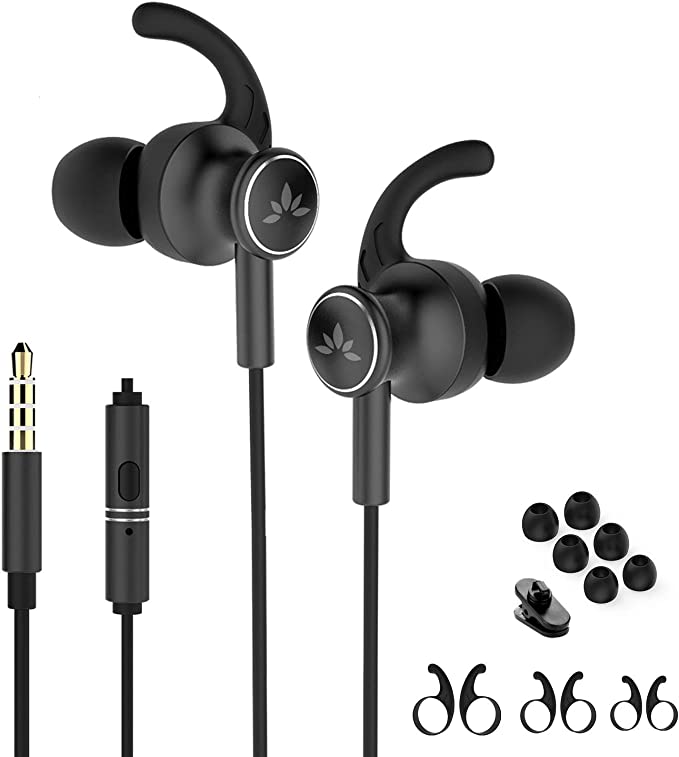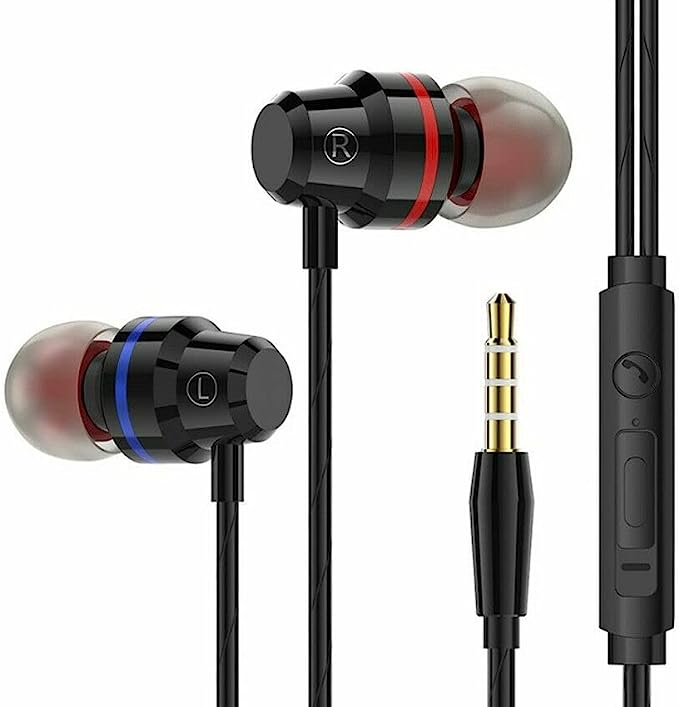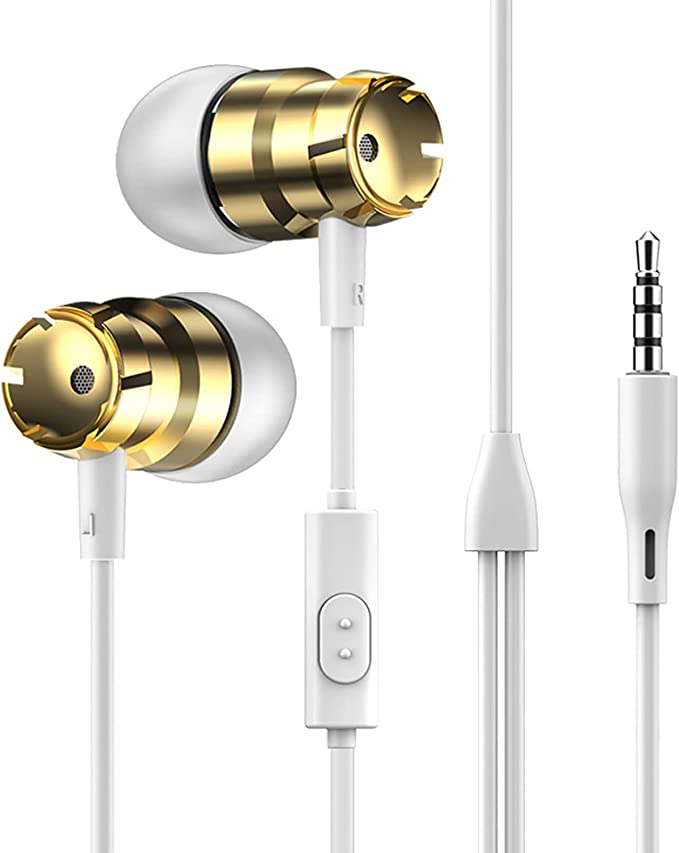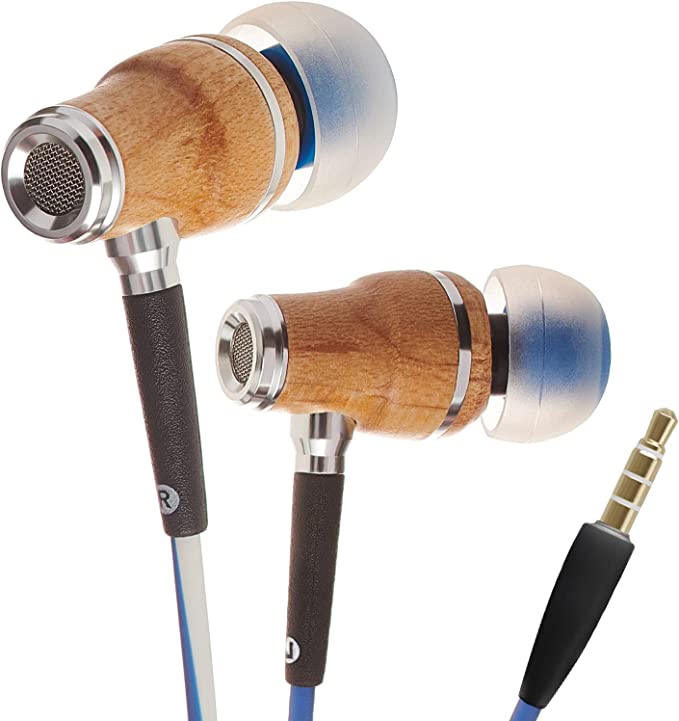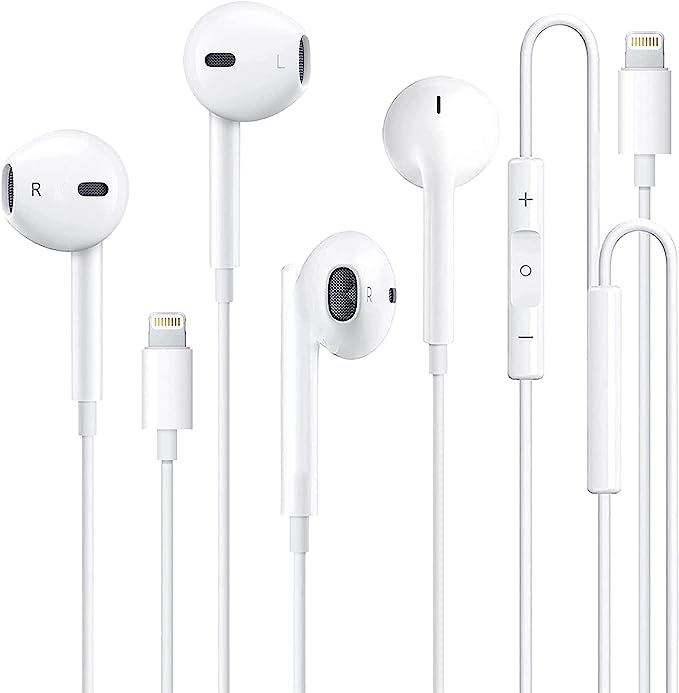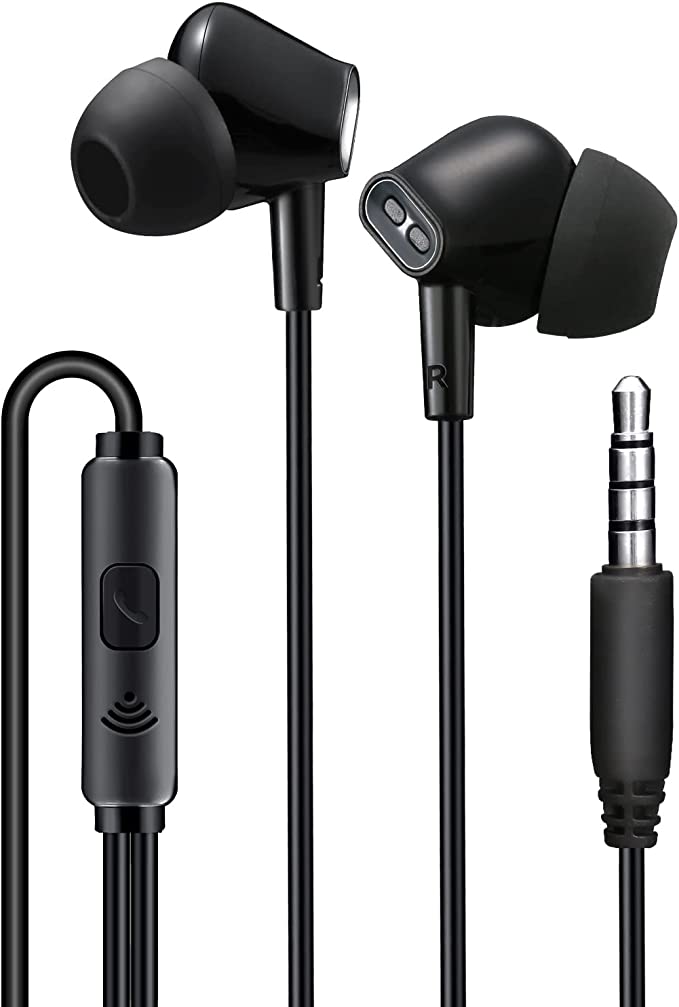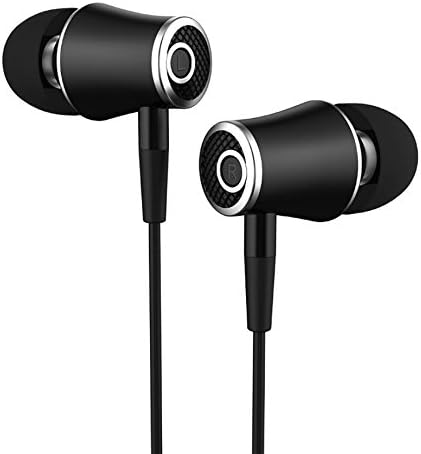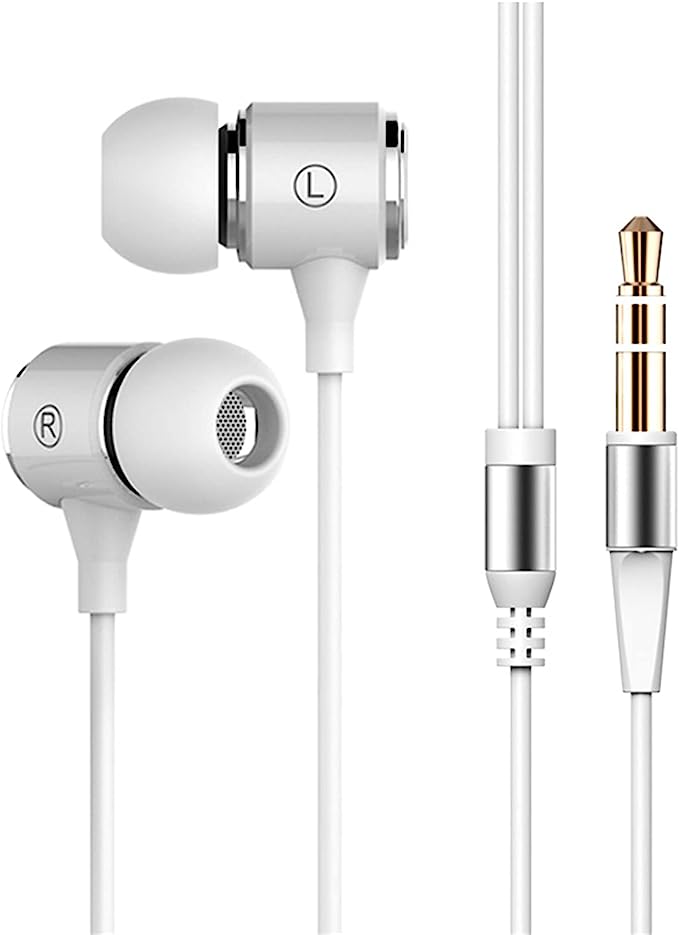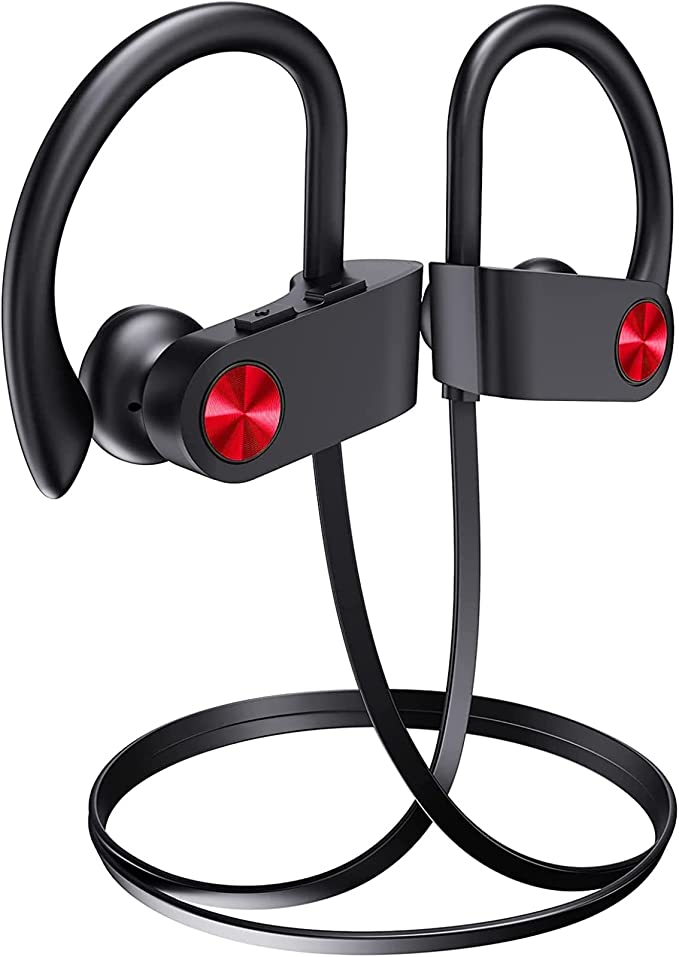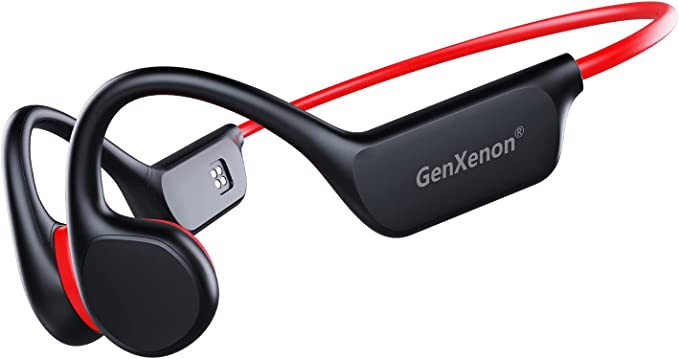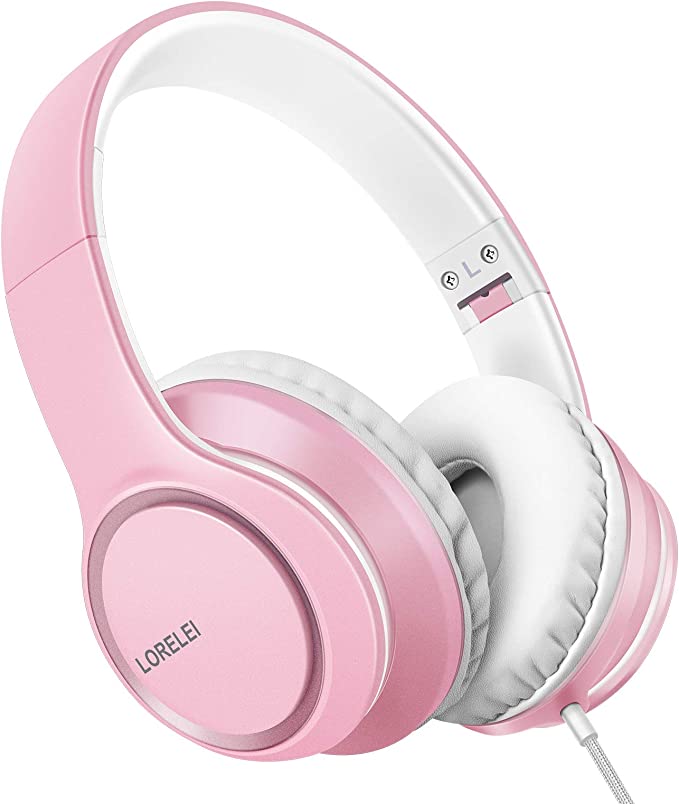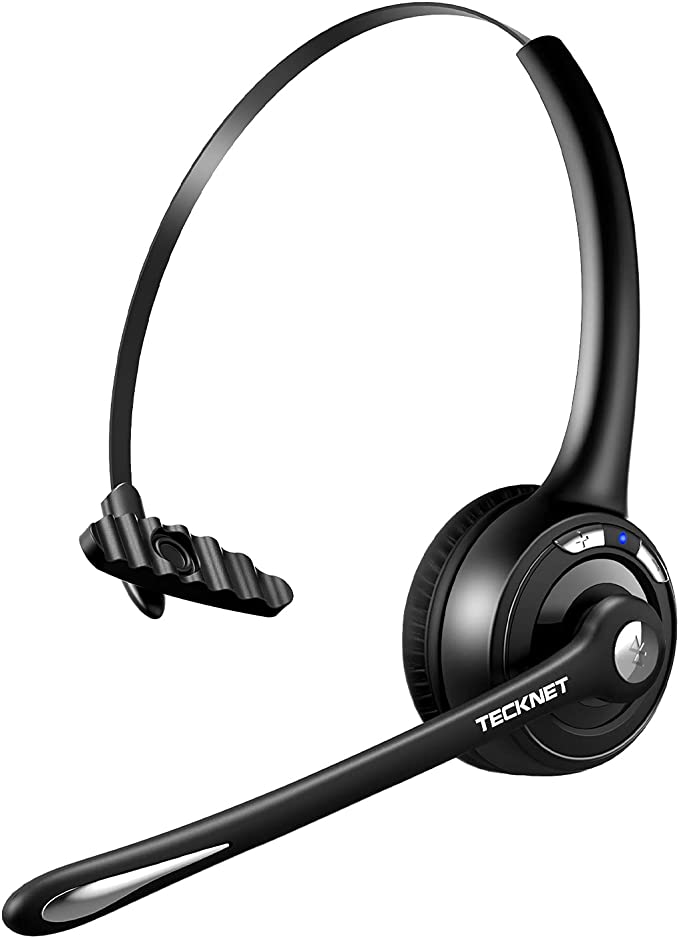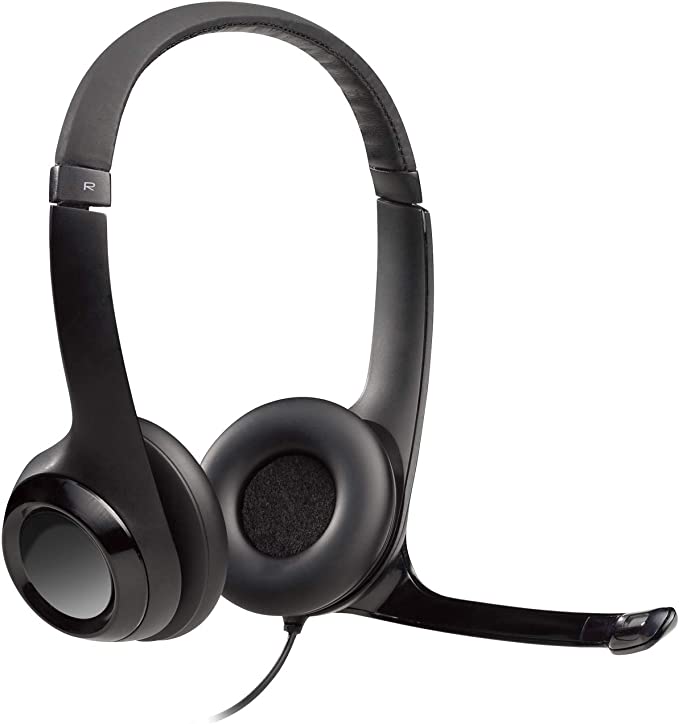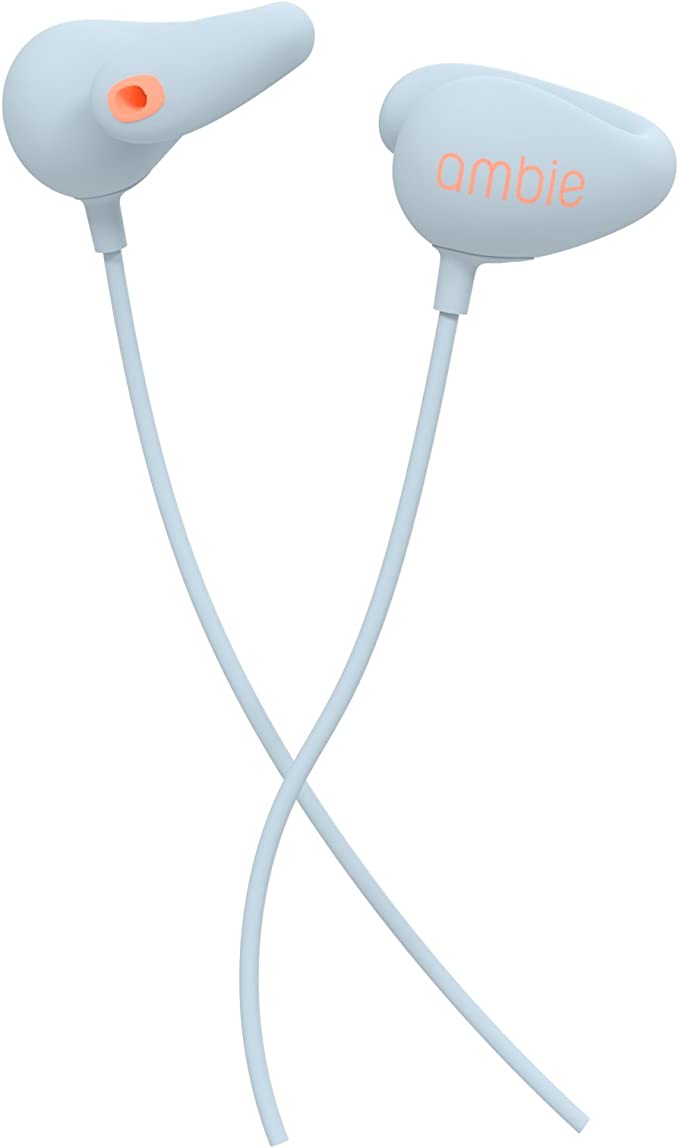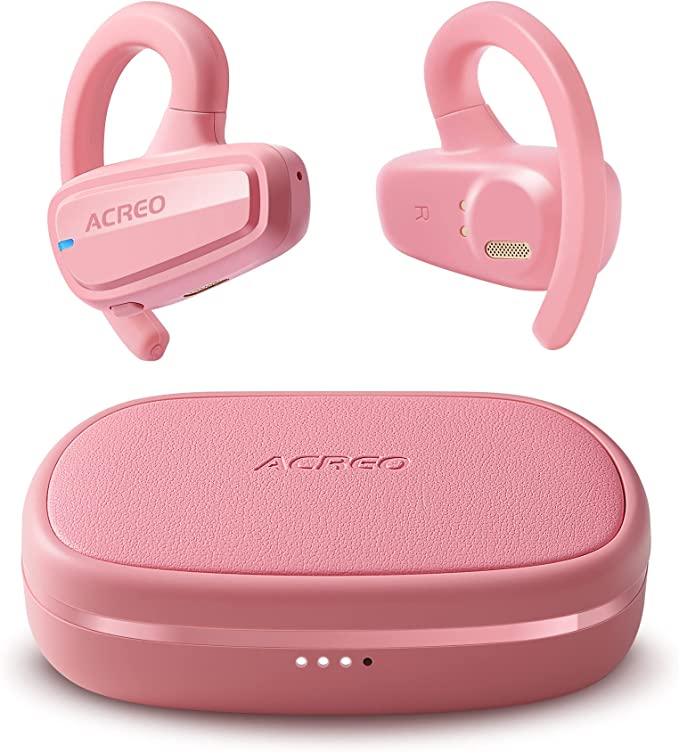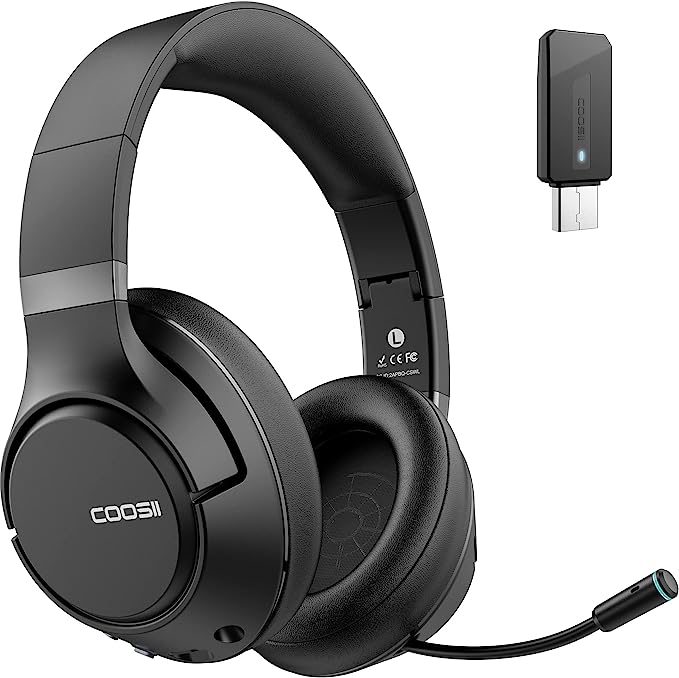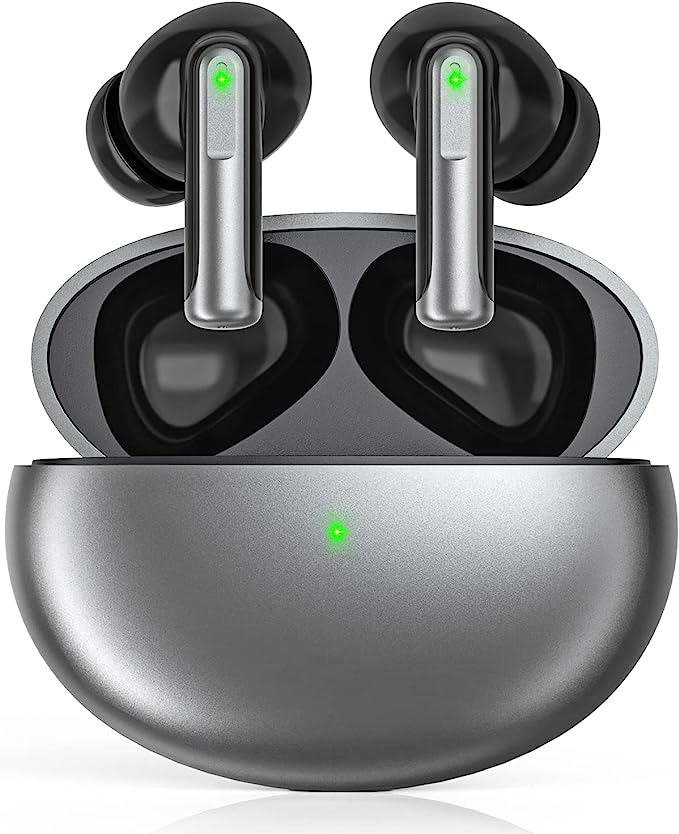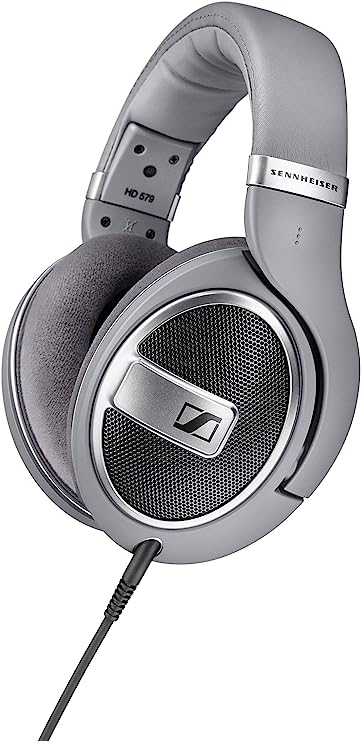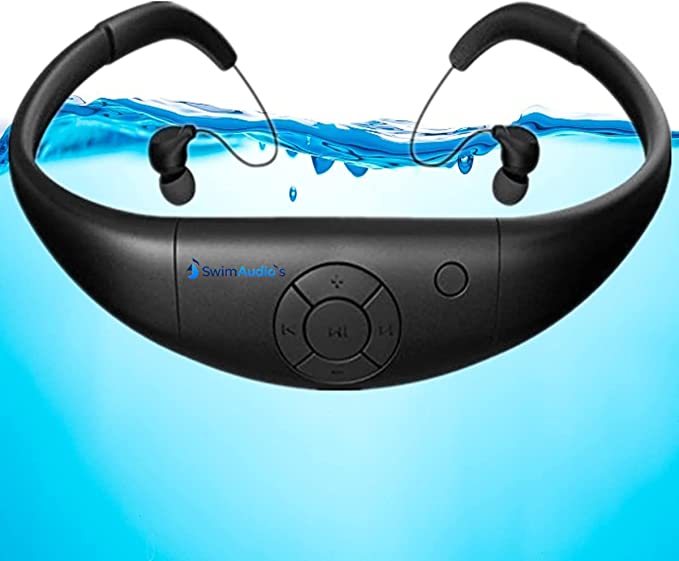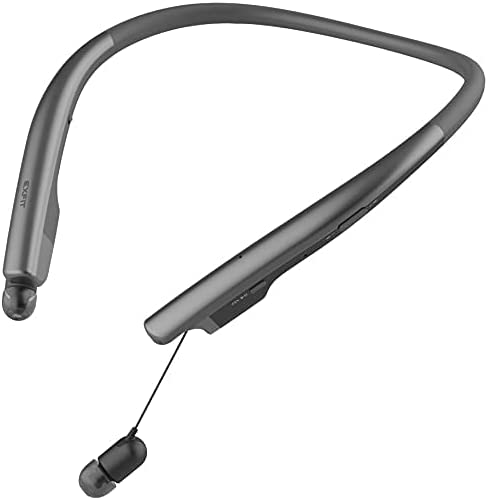The Science of Fit: Why Most Earbuds Hurt and What to Look For
Update on Oct. 30, 2025, 7:59 a.m.
It’s a universal experience. You settle in for a long flight, a study session, or a workout, pop in your earbuds, and within an hour, you feel it: that dull, persistent ache inside your ear. Why do these tiny, seemingly simple devices so often cause discomfort?
If you’ve ever felt frustrated by earbuds that hurt or constantly fall out, you’re not alone. And I’m here to tell you it’s not your fault—it’s a failure of design.
Welcome to the class you never knew you needed. We’re going to explore the forgotten science of in-ear comfort. This isn’t a product review; it’s a deep dive into the engineering, material science, and anatomical principles that separate a painful earbud from one you can wear all day.
We’ll use products like the ZXQ A5 Wired Earbuds as a practical case study, not to sell you on them, but to illustrate these concepts in a tangible way. By the end of this guide, you’ll be an informed user, able to diagnose why your old earbuds failed you and know exactly what to look for next.
Pillar 1: The Ergonomics of Shape (Why 90 Degrees is Wrong)
The most common design flaw in budget earbuds is the “bullet” shape—a simple cylinder that sticks straight into your ear canal at a 9t0-degree angle. This design is cheap to manufacture but ignores a fundamental fact of human anatomy: your ear canal isn’t a straight tunnel.
The external acoustic meatus (the ear canal) actually runs forward and slightly upward.
When you shove a “bullet” earbud straight in, you’re forcing a rigid object against the sensitive cartilage of your tragus and antitragus. The result? Painful pressure points and a device that’s constantly trying to pop out.
The 45-Degree Solution
This is where smart ergonomic design comes in. Engineers discovered that by angling the earbud’s nozzle—the tube that sound comes out of—to approximately 45 degrees, the eartip can be directed along the natural path of the ear canal.

This simple change has three massive benefits:
- Reduces Pressure: The earbud housing rests gently in the concha (the bowl of your ear) instead of being jammed against it.
- Improves Stability: By following the ear’s natural curve, the earbud is “locked” in place by your anatomy. It’s far less likely to fall out during a workout or when you’re just moving your head.
- Enhances Isolation: It allows the eartip to seat deeper and more securely in the canal, which is critical for our next topic.
The ZXQ A5, for example, is built with this “ergonomic designed with a 45-degree angle.” This isn’t a flashy, marketable “feature” so much as it is a fundamental, science-based design choice for user comfort.
Pillar 2: The Material Science of the Seal (The Tip is Everything)
Here’s the most important secret of the audio world, and it has nothing to do with drivers or electronics: The eartip is 90% of the equation.
The eartip is the “interface” between the device and your body. It has two jobs: create a comfortable, custom fit and form a perfect acoustic seal. If it fails at either, the earbud is useless.
Your main choices are silicone and memory foam. Let’s break them down.
Standard Silicone Tips
These are the most common. They’re durable, easy to clean, and inexpensive. The [资料] for the ZXQ A5 mentions its silicone gels are “coated with touch oil,” a nice detail to make them feel smoother and resist dust.
- Pros: Long-lasting, low-maintenance.
- Cons: They are “one size fits few.” Silicone is flexible but not malleable. It pushes against your ear canal, and if your canal isn’t perfectly round, it will create tiny gaps (killing the bass) and pressure points (causing pain).
Viscoelastic Memory Foam
This is where the science gets really cool. Memory foam (viscoelastic polyurethane foam) was famously developed by NASA for crash protection. Its magic property is that it reacts to your body heat.
When you compress a memory foam tip and insert it into your ear, your body heat softens the foam, allowing it to expand slowly and conform perfectly to every unique nook and cranny of your ear canal.

The benefits are transformative:
- Superior Comfort: Instead of pushing against your ear, the foam fills the space, creating an even distribution of pressure. This is why you can wear them for hours without pain.
- Unbeatable Noise Isolation: This perfect, custom seal is the key to passive noise isolation. It physically blocks outside sound far more effectively than any standard silicone tip.
Products like the ZXQ A5, which include “one pair of memory foam, and three pairs of high quality silicon ear tips,” are a great example of user-centric design. They acknowledge that there is no single “best” tip and empower you to find the material and size that works for your unique anatomy.
Pillar 3: The Acoustic Seal (Why Fit Is Sound Quality)
Many people believe sound quality is all about the “driver”—the tiny speaker inside the earbud. The ZXQ A5, for instance, uses “10mm professional acoustic tuned dynamic driver[s].” A 10mm driver is a very respectable size for an earbud, fully capable of “rich bass, detailed treble and mids.”
But here’s the truth: That powerful driver is worthless without a proper acoustic seal.
Think of it like this: a dynamic driver works by moving air. If your eartip doesn’t seal your ear canal, all the low-frequency sound waves (the bass) it produces will simply leak out before they ever reach your eardrum.
This is why people who complain about “tinny” earbuds are often just experiencing a poor fit.
A good seal, like the one you get from memory foam, creates a closed acoustic chamber. This traps the sound waves, allowing you to hear the full, rich bass the 10mm driver was tuned to produce. It also enables that “passive noise isolation” we discussed, which has a wonderful side-effect: you don’t have to turn the volume up as high to drown out the world, which is much safer for your hearing.
The product description for the A5 even hints at this, stating, “The silicon ear gels provides more bass. And memory foam tips provide clear voice.” This suggests a perceived difference based entirely on the acoustic properties of the seal each material creates.
Pillar 4: The “Hidden” Ergonomics of Durability and Use
Comfort isn’t just about what’s in your ear. It’s about the entire experience of using the product. A “tangle-free” cord, for example, is an ergonomic feature because it reduces daily frustration.
But let’s look at two more advanced details.
The Angled Plug: A Simple Stroke of Genius
Have you ever destroyed a pair of earbuds because the cable frayed right at the plug? This happens because a straight plug, when in your phone in your pocket, is subjected to immense bending stress.
The ZXQ A5 features a “3.5mm golden plated plug… placed at a 120-degree angle.” This L-shaped (or angled) plug is a brilliant, simple piece of mechanical engineering. It directs the cable stress along the plug’s housing rather than against the delicate connection point. This drastically reduces wear and tear and is a sign of a product built to last in the real world.

Sweat Resistance: Comfort Through Chemistry
If you’ve ever used earbuds for a “Workout Sport” session, you know that sweat can make them slippery and cause them to fall out. The [资料] mentions the “electronic components… are coated with nano layer for sweat resistance.”
This is a chemical-based ergonomic feature. A hydrophobic (water-repelling) nano-coating helps protect the sensitive electronics from moisture damage, which contributes to durability. This means you can use them for their intended purpose—sports, workouts, or just a hot day—without fear of failure.

Your Graduation: From Frustrated User to Informed Consumer
Let’s review what we’ve learned. The comfort and performance of an in-ear headphone are not mysterious. They are the direct result of deliberate, scientific design choices.
- Ergonomics: Look for an angled nozzle (around 45 degrees) that follows your ear’s natural shape, not a “bullet” style that fights it.
- Material Science: The eartip is critical. Memory foam offers a superior custom, comfortable fit and better noise isolation, while silicone offers durability.
- Acoustic Seal: A perfect seal is mandatory for good bass response and passive noise isolation. Fit is sound quality.
- Durability: Smart design, like an angled plug and sweat resistance, is a form of ergonomic design that ensures the product remains comfortable and functional for its entire lifespan.
The ZXQ A5 earbuds, with their metal housing, 10mm drivers, and angled plug, serve as a perfect case study for these principles. But more importantly, you are now equipped with the knowledge to look past the marketing hype of any earbud and judge it on the fundamentals of its design.
You are no longer a frustrated user. You are an informed consumer. Class dismissed.

